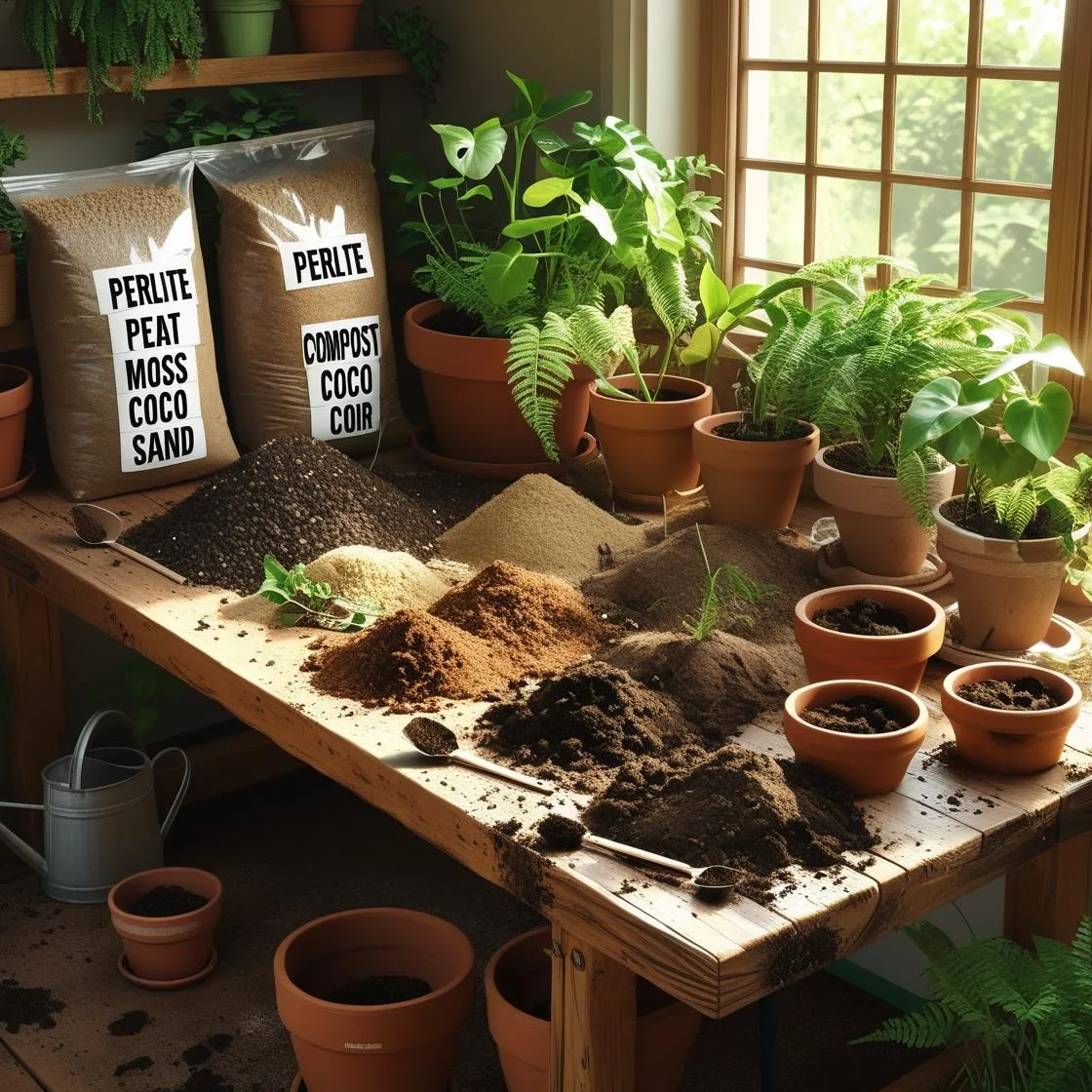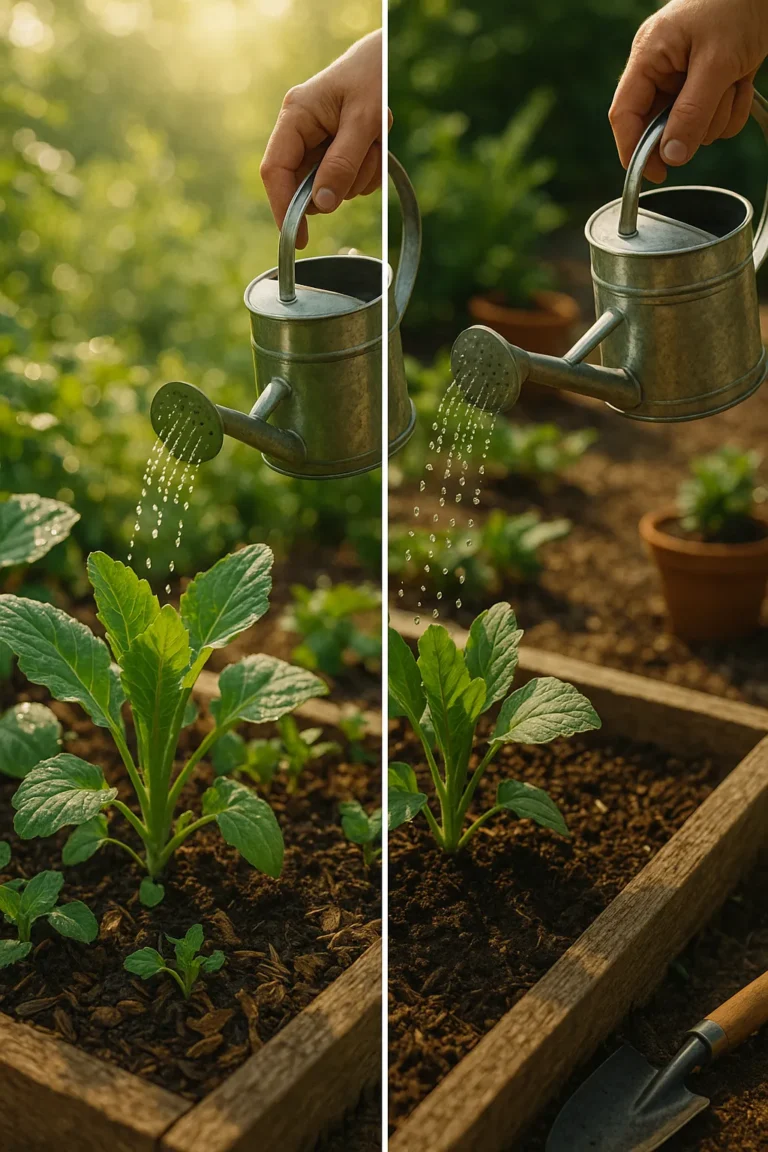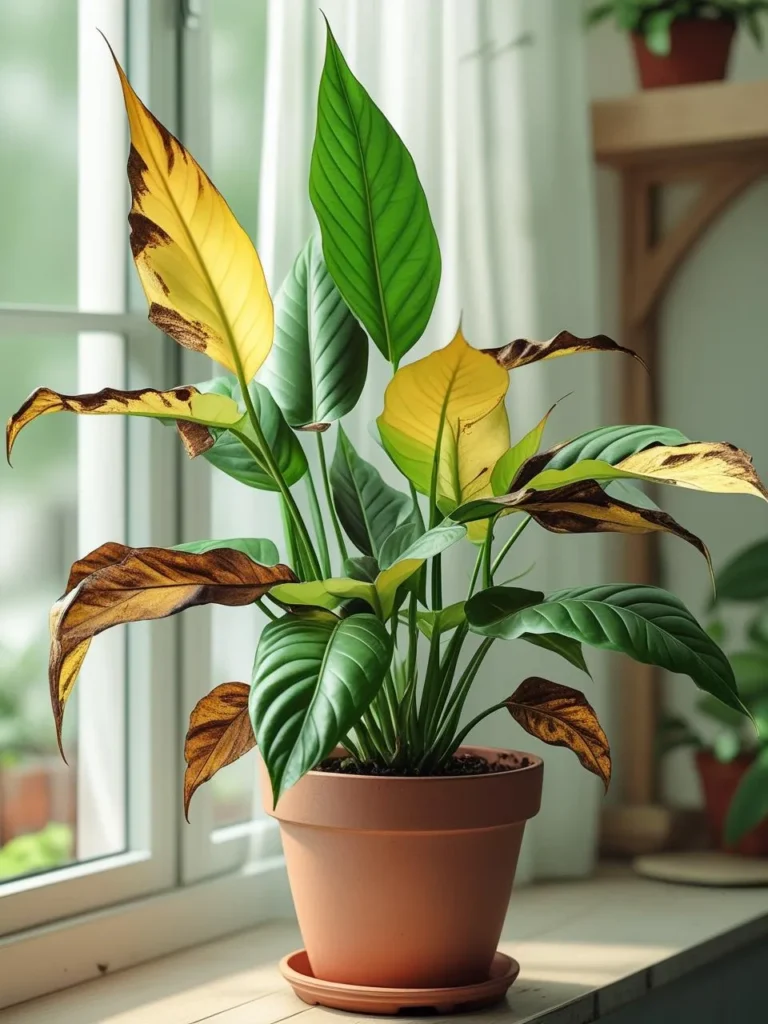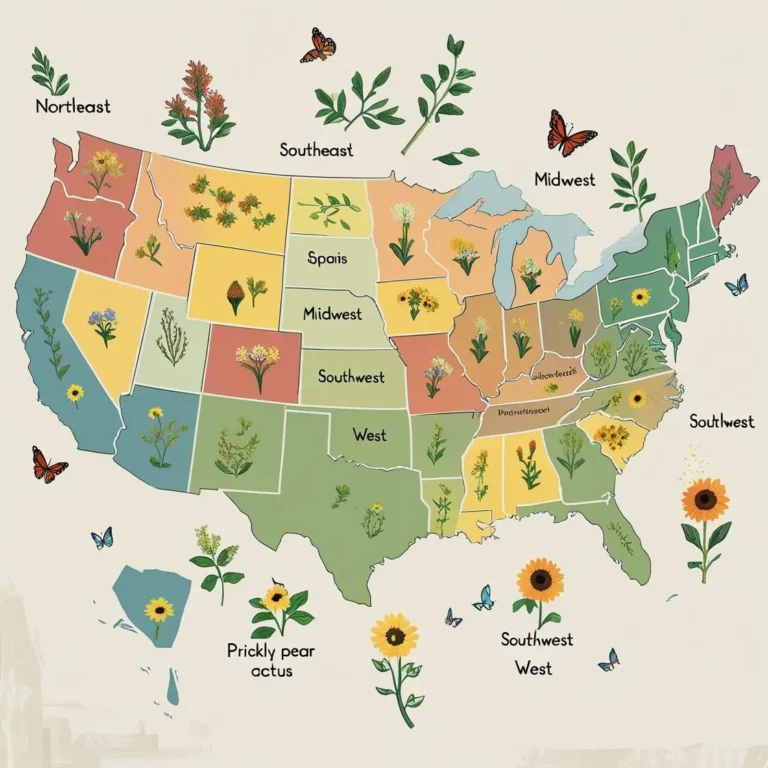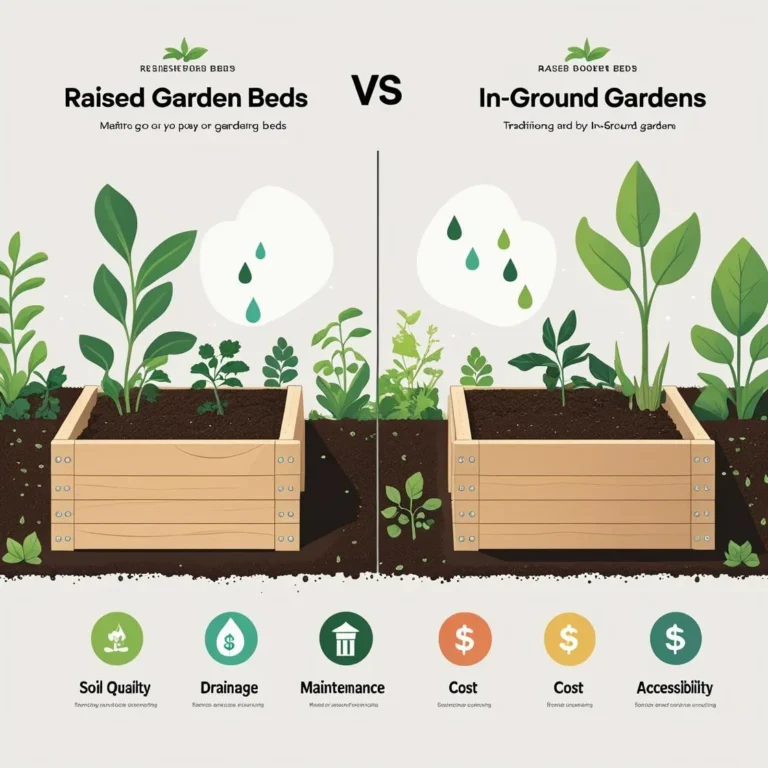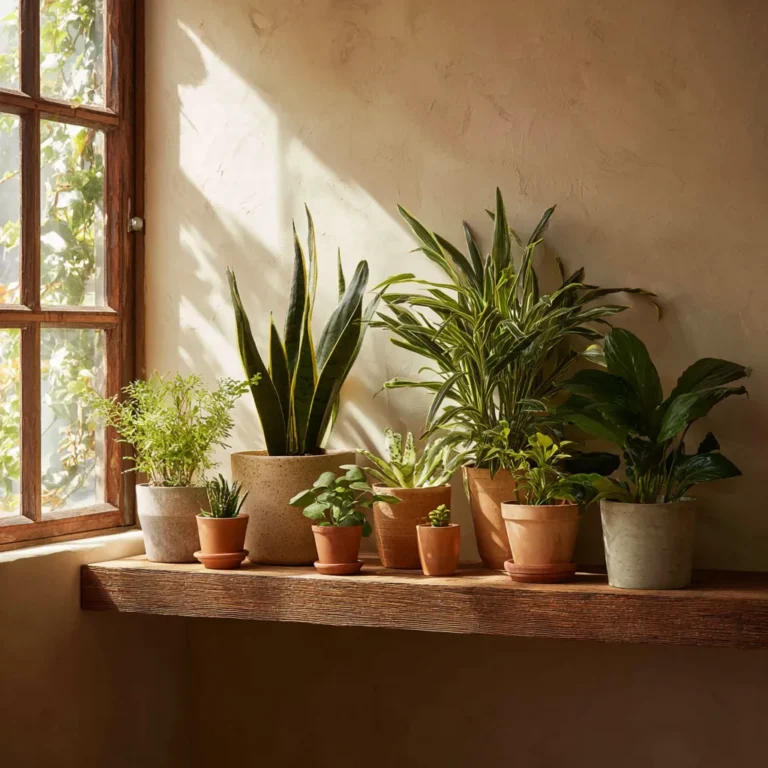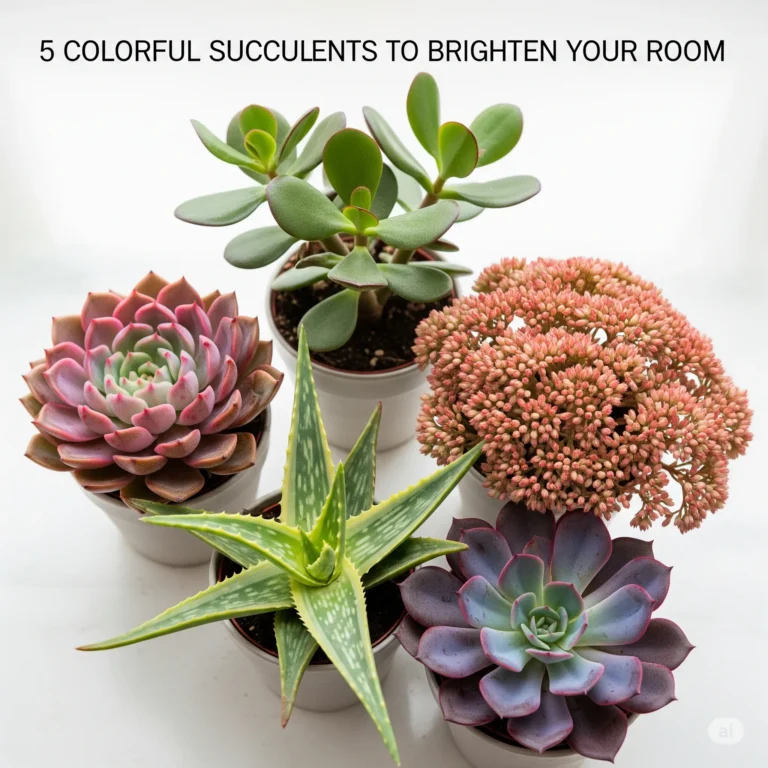The Best Soil Mix for Healthy Indoor Plants
When you bring a new plant home, it’s easy to focus on light and water. But the foundation of a happy houseplant is literally what it’s rooted in—its soil. Using the wrong indoor plant soil (like heavy soil from your garden) can lead to root rot, pests, and stunted growth. Finding the best soil mix for indoor plants doesn’t have to be complicated! This guide will break down the essential ingredients and show you how to create the perfect foundation for a thriving indoor garden.
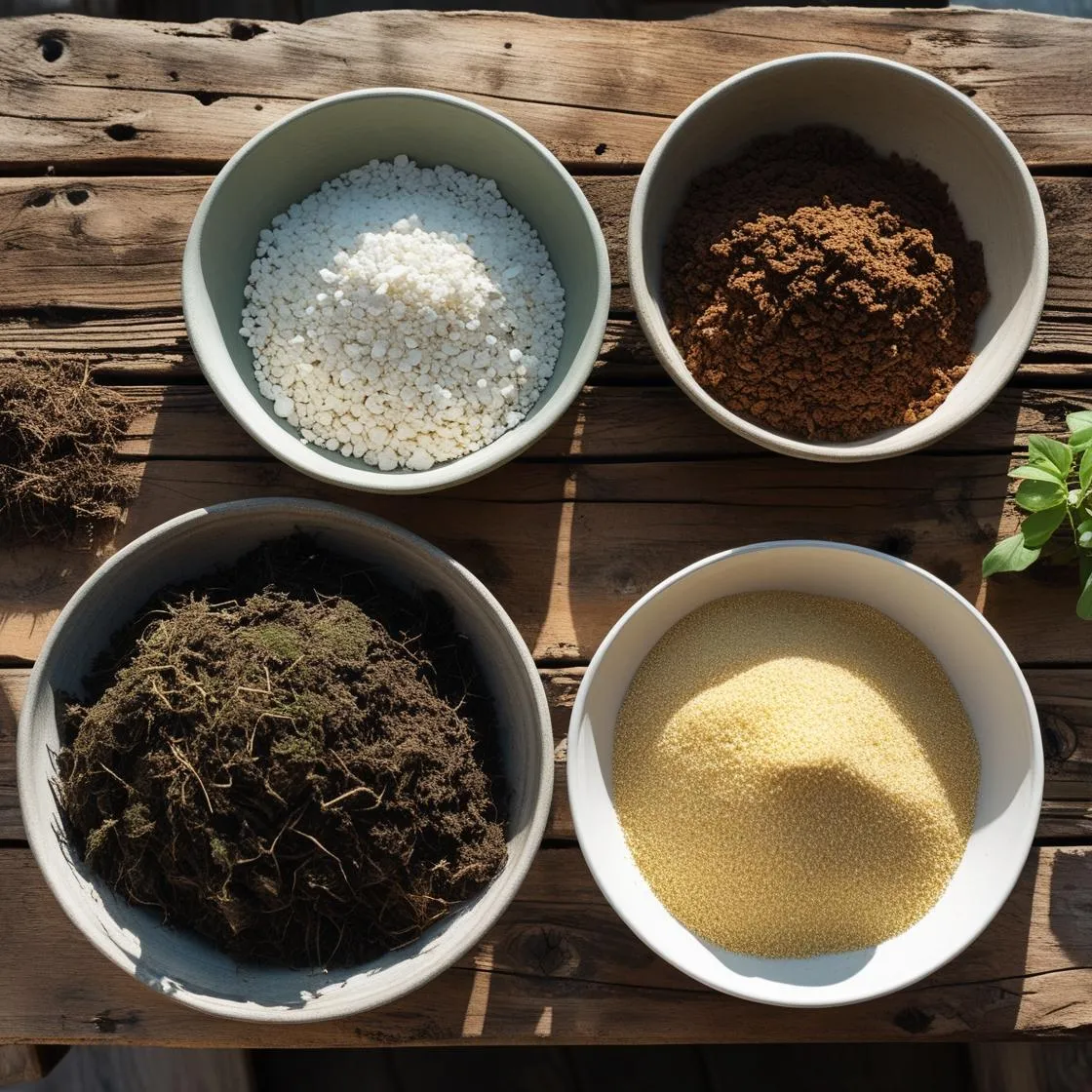
Common Soil Mix Ingredients & Their Benefits
Not all soil is just dirt. A good potting mix for houseplants is a carefully balanced blend of different components, each with a specific job.
| Ingredient | Function | Common in… |
| Peat Moss | Retains moisture and provides a light texture. | Most commercial all-purpose mixes. |
| Perlite | Volcanic glass that improves aeration & drainage. | Succulent mixes, general mixes. |
| Vermiculite | Retains moisture & nutrients. | Seed starting, tropical plant mixes. |
| Coco Coir | Sustainable, pH-neutral alternative to peat moss. | Eco-friendly and aroid mixes. |
| Compost | Nutrient-rich organic matter that feeds plants. | Organic potting soils, DIY recipes. |
| Sand | Coarse sand improves drainage significantly. | Cacti and succulent soil mixes. |
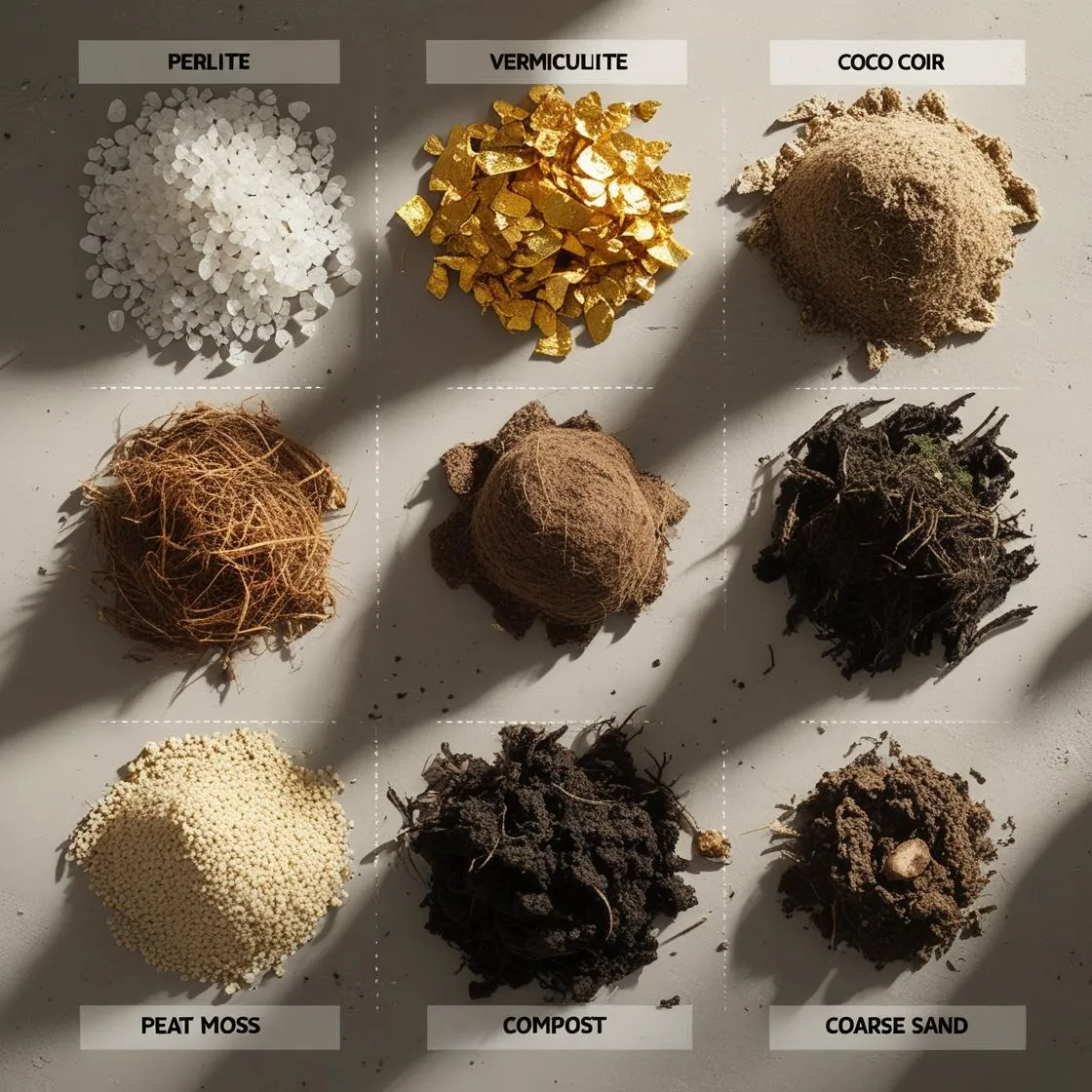
What Makes a Good Indoor Plant Soil?
A high-quality indoor soil mix isn’t just about nutrients; it’s about structure. The ideal mix has four key qualities:
- Good Drainage: It allows excess water to flow out freely, preventing soggy roots.
- Moisture Retention: It holds enough water to keep the plant hydrated between waterings.
- Aeration: It’s light and airy, allowing oxygen to reach the roots. This is crucial for root health.
- Nutrient-Rich: It contains organic matter like compost to provide a slow-release source of food.
The Best Soil Mix for Your Indoor Plants
Different plants have different needs. A cactus from the desert requires a much different soil than a fern from a tropical rainforest. Here are some basic recipes to get you started.
| Plant Type | Ideal Mix Composition |
| Succulents & Cacti | 1 part potting soil + 2 parts perlite or coarse sand. |
| Tropical Plants | 2 parts peat/coir + 1 part perlite + 1 part compost. |
| Aroids (Monstera, Pothos) | 1 part potting soil + 1 part perlite + 1 part orchid bark. |
| Ferns | 2 parts compost + 1 part peat/coir + 1 part perlite. |

Simple DIY Potting Soil Recipe
Ready to learn how to make indoor plant soil? Creating your own mix is easy, cost-effective, and gives you complete control.
Here’s a fantastic all-purpose recipe:
- 2 parts Peat Moss or Coco Coir (for moisture retention)
- 1 part Perlite (for drainage and aeration)
- 1 part Compost or Worm Castings (for nutrients)
Instructions: Simply combine the ingredients in a bucket or storage bin and mix thoroughly. Add a little water to moisten it slightly before use. Store any extra in a sealed bag or container.
Essential Tips for Drainage and Soil Health
Creating the perfect mix is half the battle. Maintaining it is the other half.
- Always Use Pots with Drainage Holes: This is non-negotiable for preventing root rot.
- Never Use Garden Soil: Soil from your yard is too dense, compacts easily, and may contain pests or diseases.
- Refresh the Soil: Repot your plants with fresh soil every 1-2 years to replenish nutrients and improve structure.
- Watch for Red Flags: Mold on the surface, fungus gnats, or soil that has become hard and compacted are all signs it’s time for a change.
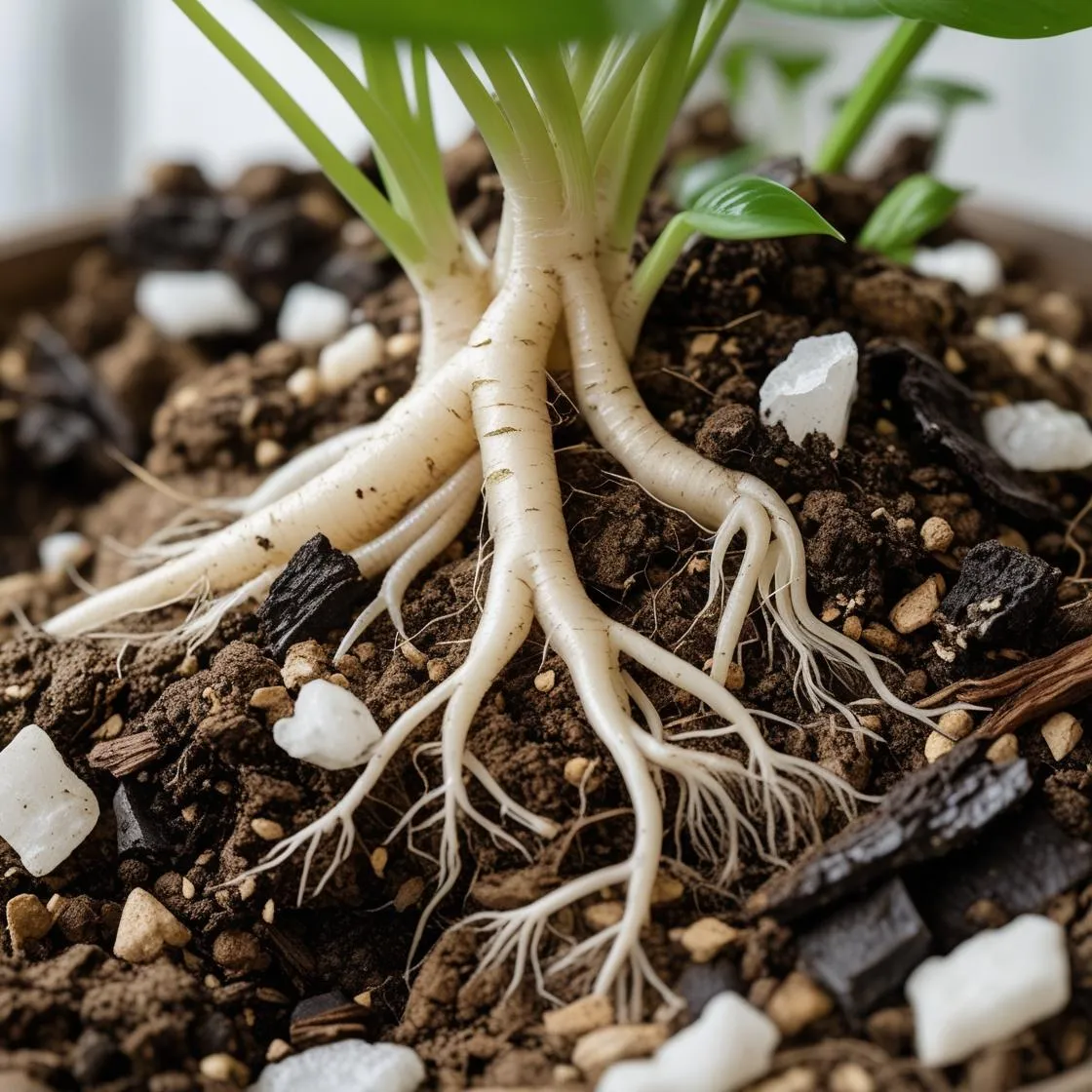
Strong Roots, Happy Plants
Choosing the best soil mix for indoor plants is one of the most impactful things you can do for their health. It provides the perfect balance of water, air, and nutrients that roots need to build a strong foundation. Whether you buy a specialized bag or mix your own, giving your plants the right soil is a simple step that pays off with vibrant, beautiful growth.
Have you tried making your own DIY potting soil recipe? Share your favorite combinations in the comments below

